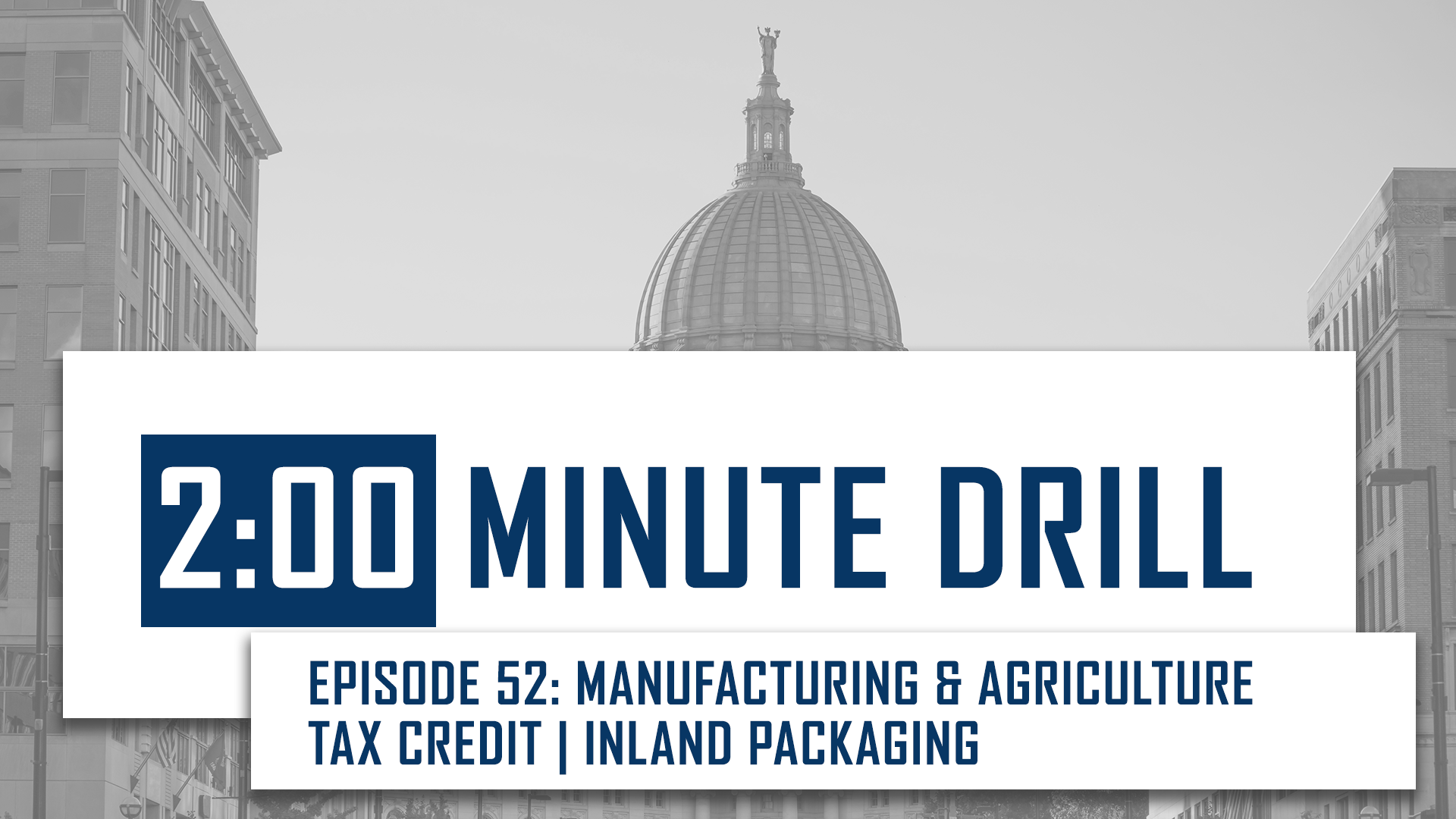China quietly dethroned the U.S. as the world’s top manufacturing nation in 2010. That should make Americans nervous, especially after 2020 when we realized that the U.S. is dependent on nations like China for the production of medical supplies needed to mitigate a global pandemic, including personal protection equipment and pharmaceuticals.
There are many lessons to be learned from COVID-19, not the least of which is that China has been unmasked as untrustworthy given their lack of cooperation with other nations about the origins and severity of the novel coronavirus. But the Chinese compounded the damage from their lack of transparency by threatening at one-point last spring to stop export of medicines used to treat COVID-19 in the U.S. because they were angry at President Donald Trump for referring to the virus after Wuhan, the city in China where COVID-19 was first detected.
Whatever your opinion on what COVID-19 should be called, the point is that the U.S. was unprepared for the public health crisis, and therefore, dependent on foreign suppliers for critically needed supplies. And we know there are similar vulnerabilities that exist in the U.S. manufacturing supply chain, many with national security implications. For example, the U.S. is nearly completely dependent on China for the supply of rare earth metals used to manufacture high tech electronics.
The solution to this problem is actually quite simple; the U.S. should adopt policies on energy, immigration and taxation that incentivize the re-shoring of critical manufacturing.
The U.S. lost thousands of manufacturing jobs to overseas competitors, notably in Asia, over the last several decades for a variety of reasons, including high production costs in the U.S. (namely energy and labor) and proximity to growing markets.
But the world is always changing and the U.S. now finds itself with enviable advantages that can lead to a true manufacturing renaissance with all the economic benefits and job growth that comes with it.
The first advantage is energy and its importance can’t be overstated. The number-one cost of doing business for the vast majority of manufacturers is energy, and many Wisconsin companies pay monthly electricity bills in the seven or even eight figures.
But thanks to fracking technology, the U.S. can now affordably tap into an abundant domestic supply of oil and natural gas extracted from shale deposits. As a result, the U.S. has a massive competitive advantage on energy over our economic competitors and geo-political rivals that should be utilized fully to expand the manufacturing sector.
Unfortunately, the Biden Administration has already taken ill-advised steps via executive order to squander this economic advantage. President Joe Biden wants to promote renewable energy like wind and solar, which is fine, as long as there is a clear understanding of their limitations, particularly here in Wisconsin where the sun doesn’t always shine and the wind doesn’t always blow.
As a candidate, President Biden pledged that he wouldn’t prohibit fracking. Instead, the President said he would use domestic oil and gas as a “bridge fuel” until technological advancements allow renewable sources to match the reliability, affordability, generation capability and storability of fossil fuels.
But his recent actions to cancel the Keystone XL pipeline and place a moratorium on new fracking permits and leases on federal land looks like he wants to burn the bridge before we have reached the other side.
Another advantage the U.S. has is workforce. That may confuse some who have read one of my past columns where I typically lament the workforce shortage plaguing Wisconsin and many other states, particularly in the Midwest.
It’s true there is a national labor shortage in manufacturing and most other sectors, as well. In fact, pre-COVID-19, there were 600,000 unfilled manufacturing jobs of various skill levels in the U.S., and Deloitte estimates that 2.4 million factory jobs could go unfilled by 2028.
So why is this an advantage? Because we are America and can attract the world’s best and brightest workers, as we always have, if our immigration policies are adjusted to allow it. The first place to start is by reforming H-1B Visas, which are for people with specialized skills, like engineering. In 1990, Congress limited the number of H-1B Visas to just 65,000 per year. That needs to change in order to keep foreigners who earned a degree here and want to stay, or to attract people who what to contribute to our economy and society.
Another problem the U.S. can turn into an advantage is our corporate tax rate. President Trump dropped it from an uncompetitive 35 percent to 21 percent, which is lower than the global average.
But Wisconsin has a state-level manufacturers’ tax credit to encourage production and high-paying factory jobs in our state. Something similar at the national level could be a powerful added incentive to re-shore, along with embracing domestic energy resources and enacting immigration reform.





